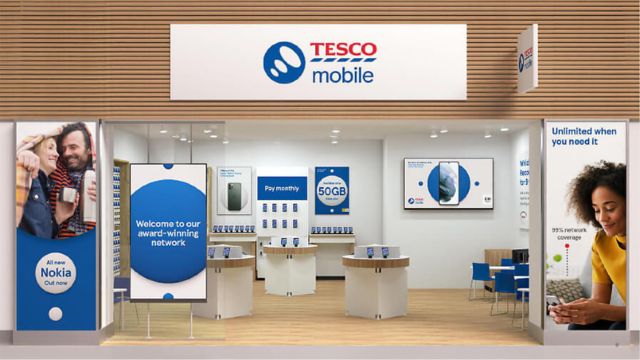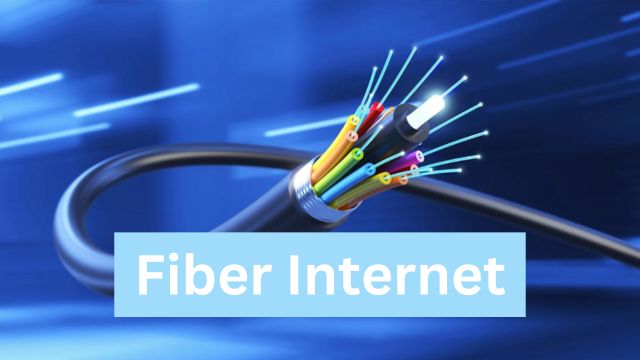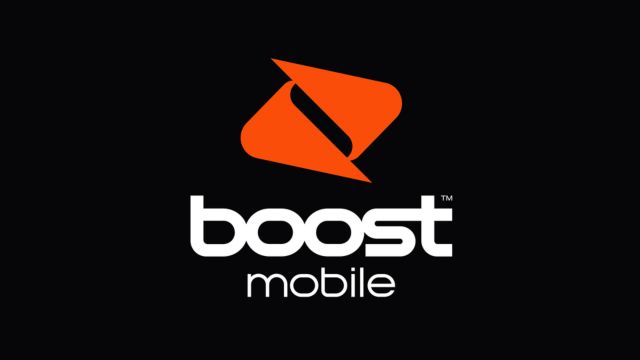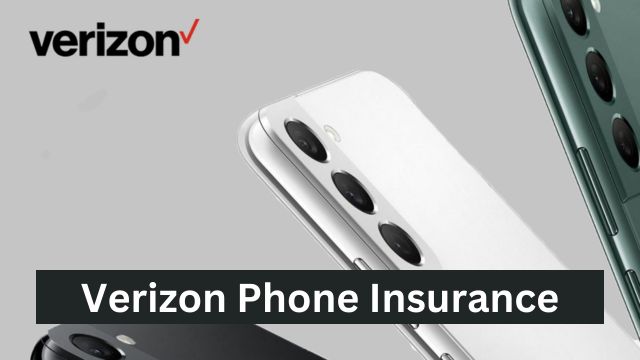Mobile virtual network operators, or MVNOs, are smaller companies that use AT&T, Verizon, or T-Mobile/Sprint as their main network. MVNOs like Cricket, Metro, and Boost, among others, are popular. MVNOs usually have cheaper phone deals than the big carriers, and they don’t check your credit before you sign up.
What is an MVNO?
MVNO stands for “mobile virtual network operator.” This means that MVNOs give you cell phone service through one or more big networks. Since these smaller carriers buy minutes, texts, and data from the big ones at wholesale prices, they can give them to customers for much less. The low cost of these MVNO phone deals makes them a good choice for people who want to save money each month.
Most MVNOs offer prepaid phone plans, which you pay for up front at the start of each billing cycle before you get service. On the other hand, postpaid phone plans, which are generally what you are used to, are paid for at the end of the month, based on how much you use your phone.
There are many good things about prepaid plans, but here are some of the most important ones:
- No overage fees
- No credit check
- Flexibility to stop or pause your plan at any time
MVNOs have many different phone deals, and some small carriers even let you make your own plan. Even though most MVNOs don’t offer as many plan perks as the big ones (streaming, travel, etc.), they make up for it by running deals and offers on their plans often. This makes MVNOs an even better choice for customers who want to save money.
Most MVNOs sell a good range of smartphones, but many of them work with third-party financing companies like Affirm or SmartPay to let customers pay for their phones in monthly installments. Interest rates on these gadget payment plans can go as high as 30%. Most MVNOs let you bring your own device (BYOD) if you don’t need a new phone, as long as it’s open and works with their network.
Why are MVNOs Cheaper?

MVNOs usually have cheaper phone plans than the major carriers because the small carriers buy their minutes, texts, and data at wholesale prices from the majors, like Verizon. This lets their users get wireless service through Verizon’s network. The fact that MVNOs don’t own and run their own phone towers helps keep prices low. A lot of them also don’t have physical stores and only do business online.
Which MVNOs Use Which Networks?
If you know which network you want your cell phone plan to be on, you’ll need to know which network each MVNO uses. You’ll also need to know this if you want to use your present phone with your new carrier, since not all phones work with all wireless networks.
Note that some MVNOs use more than one network, and when you sign up, you can choose which one you want to use. AT&T, Sprint, and T-Mobile all have a lot of MVNOs to choose from, but Verizon has fewer smaller companies that use its strong network.
On what network does your MVNO run?
How to Sign Up for a Plan from an MVNO?

Most of the time, sign up an MVNO phone plan is very easy. If you bring your own phone, all you need to do is go to the website of the company you want to use, order a SIM card, choose a phone plan, and wait for your SIM card to arrive. Put your SIM card in your phone as soon as you get it. Then, you’ll just need to sign into your online account through the carrier’s website or mobile app and follow the steps to turn on service.
If you want to buy a new phone through your new MVNO, you will need to go to the carrier’s phones page, choose the phone you want, and then choose whether you want to pay for it all at once or in monthly payments. Most MVNOs let you pay for your phone in monthly installments through a third-party lending company. Your credit will be checked to see if you qualify. You can always buy an unlocked smartphone straight from Apple or Samsung, which both offer financing with no interest. Then you can switch your phone to any MVNO you want.







